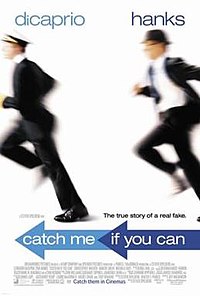Lists










10 Music Artists
TOP 10 MUST LISTEN
Sort by:
Recent Desc
Music, ears, good vibes.
More lists by Natasha Bodley



BOOKS THAT BLEW MY MIND
List includes: The Book Thief, The Handmaid's Tale, 1984
March 2021
0
@TEETASH



TOP MOVIES TO HAVE AN IMPACT ON YOU
List includes: American History X, Reservoir Dogs, Catch Me If You Can
March 2021
0
@TEETASH


Music for me ,myself and I
List includes: Wax Tailor, Mammal Hands
March 2021
0
@TEETASH